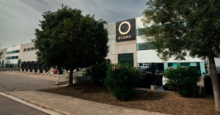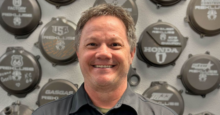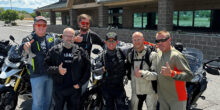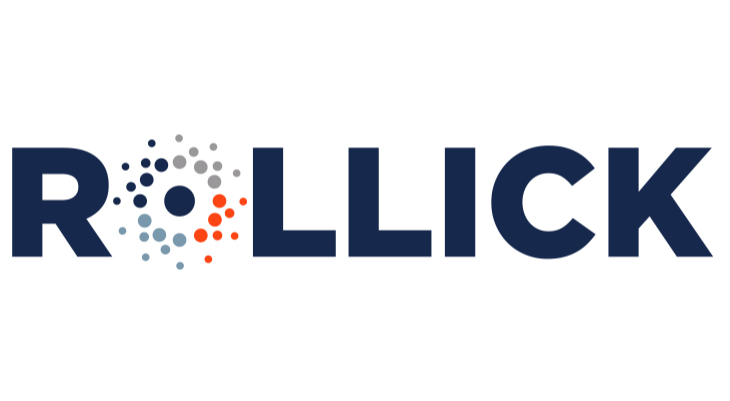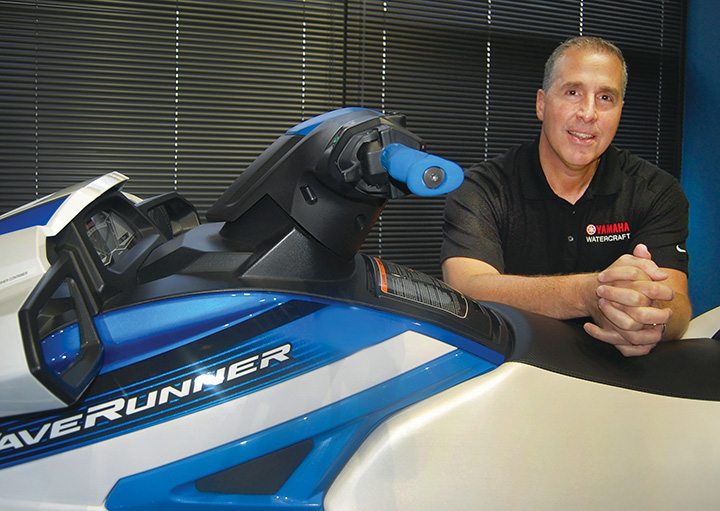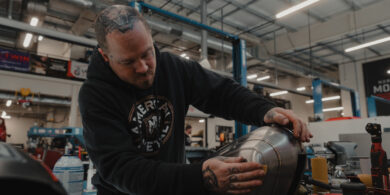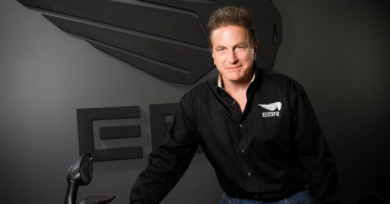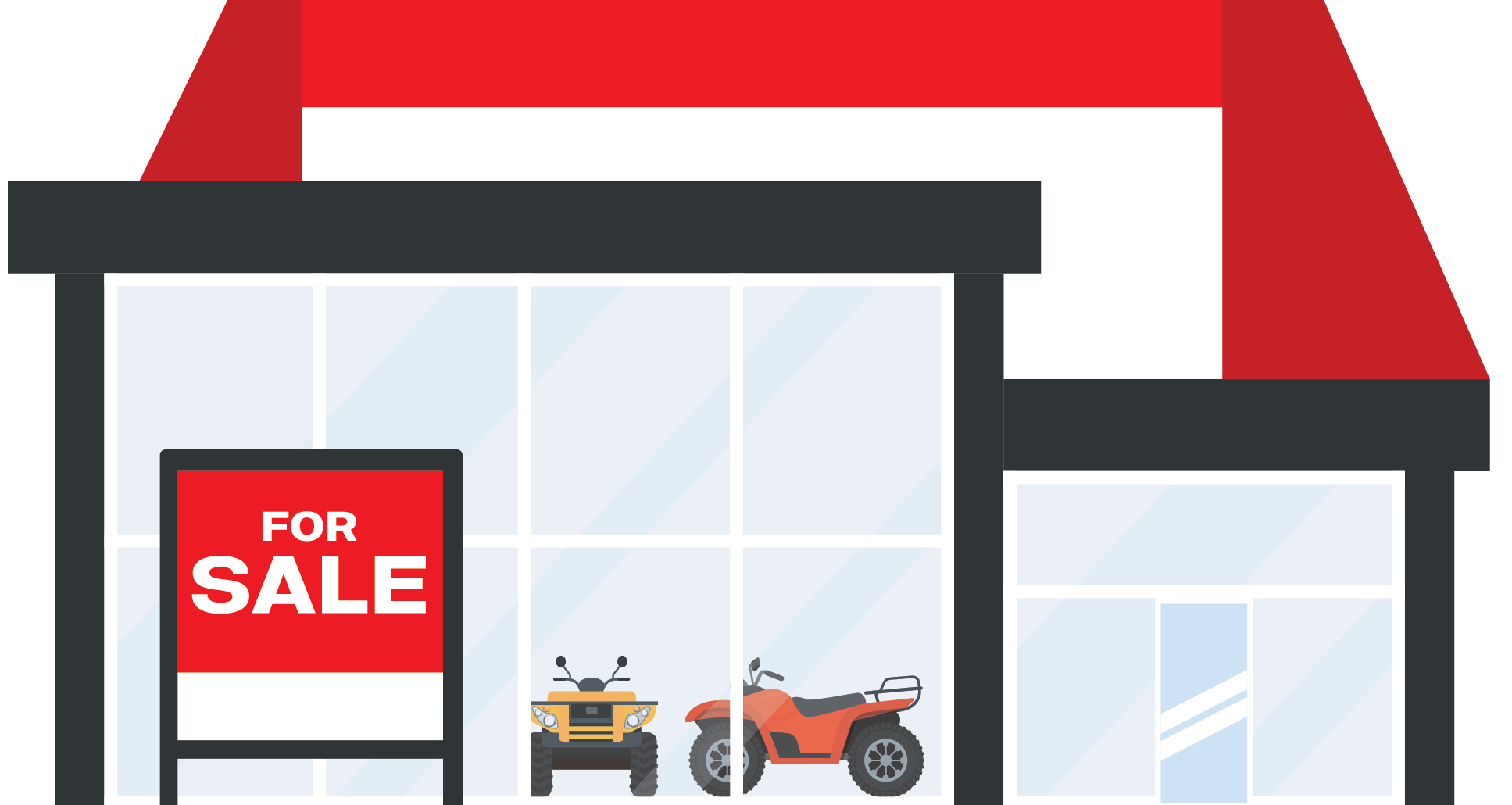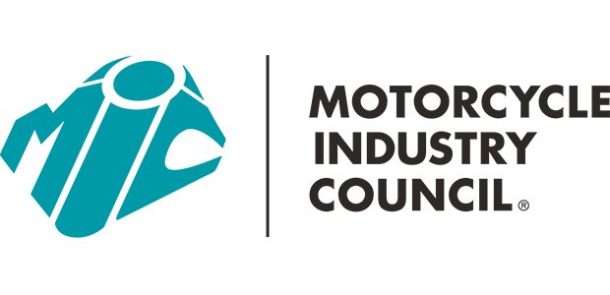2017 Industry Leader: Bryan Seti
Bryan Seti
General Manager, Yamaha Watercraft Group
In basketball parlance, it’s safe to say the personal watercraft segment of the industry is playing with a hot hand. Dealers can attest to the positive growth rates in recent years, and at no time was that more evident than in 2016, when the market reached sales heights not experienced since 2009.
With its 2017 model year WaveRunner launch, Yamaha’s Watercraft Group offered a 1-2 punch that included the all-new EX series in the rec-lite segment and a GP1800 performance that has simply been a slam dunk. Bryan Seti, the 18-year veteran of Yamaha’s Watercraft Group and a former college basketball player, has guided Yamaha’s contribution to the industry’s steady growth.
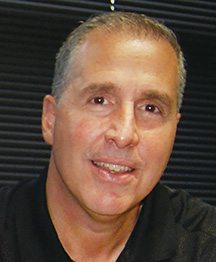
Seti brought a sports and marketing background into his role, honing his skills as national marketing manager for Diamondback Bicycles, which culminated with nine company riders competing in the 1996 Summer Olympic Games and one taking silver. Seti has been on a similarly impressive ride with the Watercraft Group, located near Atlanta in Kennesaw, Georgia. Industry data shows that the GP1800 has been the No. 1 seller in the U.S. from its October 2016 launch through April 2017. Yamaha, meanwhile, has seen its sales increase 20 percent through April vs. the same time period in 2016.
“We’ve really had an exciting year, and we’re excited about the product that we’ve brought to market,” Seti said. “The GP1800 is the No. 1 seller in the industry, which is exciting because typically a more expensive product doesn’t make it to the No. 1 level.”
Racers have been turning to the product in droves, thanks to its lightweight NanoXcel 2 hull (the best performance hull the company has ever designed, Seti says) and deck that combines with the SVHO, the most powerful engine in its class. “We’ve had so many racers that have transitioned over from other products for this season,” Seti said. “You’ll see the entire starting lineup will be almost all Yamaha. All the racers have embraced it. Once they got on it and tested it, we saw quite an evolution of people moving over.”
The GP1800’s $13,999 MSRP comes in at $2,000 less than some competitive models, Seti said.
“We mine through a lot of data, understanding what it is that the consumer wants in the marketplace,” he added. “We spend a lot of time with our factories, with the product development team here, with our product development team in Japan, so that when we put on paper what it is that we want to have designed, we have everybody working in that direction. With NanoXcel 2, we worked as hard as we could to make our hulls and decks as light as possible. And with the SVHO engine, it’s a performance unit that is superior to anything in the market.”
Meanwhile, all three of the models in the newly launched EX family have found spots among the current top 12 selling models since Oct. 1.
“That model is a great expression of everything we do, with no shortcuts in delivering fun,” Seti said. “For the customer that wants to start out at $6,599, it’s a heck of a product and a great way to introduce customers back into the marketplace, or to get new customers to enter for the first time. It’s been a real nice start to the season.”
Seti and Yamaha helped garner increased sales for dealers by putting the new models on an unconventional production path. Typically, new models might appear at dealerships anywhere from November to January. With the GP1800 and EX models, Yamaha moved production to earlier in the year, so that they were available in September through November.
“We wanted to create momentum for our dealers, and the products certainly have,” Seti said. “We pushed up delivery so that we could meet demand for our dealers, and we’re meeting the needs of the consumer. And at the end of the day those two things are what it’s all about. We need to be a good partner with our dealers, and we need to exceed our customers’ expectations when we deliver the product into the marketplace.”
Seti’s management style is one that puts an emphasis on team, thanks to his background as a college basketball player and in sports marketing.
“Every person on our team is important, and so you have to take the time to make sure that people are engaged and doing tasks that excite them. We give them the opportunity to bring new things to the table,” Seti said. “I have no problem taking risks that are calculated to some degree. If we are doing the same thing every day, then we’re going backwards. But, people here feel that they can bring new opportunities so that we can continue to grow the business, and we’ve become a leader. I think a lot of things we do are a little outside the norm. People are going one way; we want to go the other way. We don’t want to copy what’s been done over and over again.”
As for day-to-day operations of the WaveRunner brand, Seti has created an ideal workplace.
“The way my personality is, I want the team to be excited to come to work. I want them to have fun. I believe we’ve done that in the Watercraft Group. We have very little turnover here. The team has constant opportunities to develop new and innovative approaches to our business.”
For WaveRunner dealers, Yamaha’s product lineup for 2017 featured models that certainly met those requirements.
“Our dealers are everything. For us to deliver product that generates such great enthusiasm is rewarding,” Seti said. “We want to continue to deliver great product that consumers want to buy, and we want to make the sale easy for the dealer by having a unique product stance in the marketplace. We believe we’re doing that, and we want to continue to do that in the future.”
What is the biggest opportunity for the PWC industry, and how can the industry take advantage of it?
Boating and personal watercraft are such fun and enjoyable activities. Every day on the water is amazing, and we can’t forget that. PWC now are relatively inexpensive, and they’re versatile. We have to continue to promote that lifestyle of fun and sense of community in everything we do. However, we must start reaching a younger and a new audience. Our price points make it affordable to get on the water, and we have great financing here at Yamaha that allows us to find options for different types of people to have a low cost of ownership when they get on the water. Reaching that younger audience — we have to look at different ways to market to those customers, whether traditional media, digital marketing or social media. We’ve got to be on the pulse in terms of how to reach these consumers the right way. The opportunity is there, and the growth has been there. We’re seeing the industry come back, and that’s promising. We just have to continue to grow and feed the younger portion of the market so that we get new customers into the fold. And we’re seeing that, too. There are a lot of new products out there now that are designed to reach a younger audience, and we need to continue to do that in the future.
What has been the biggest challenge in your current position, and how have you dealt with it?
Every day there are so many challenges, and dealing with each one correctly is the most important thing. So many companies act or react in a way that you question “How could they make such a wrong decision?” that sets them back years. It’s really important that we’re being excellent partners to our dealers and providing the best experience possible for our customers. That’s our biggest challenge and we must maintain that in all of our activities day-to-day for continued growth. It’s not one major thing; it’s how we conduct our business day to day. If we do that right, we’ll be successful and grow the business.
What’s the best advice you can give others in the PWC market?
It’s a truly unique experience — being on the water on a PWC. We need to continue to innovate and listen to the customer so that we can provide unique experiences that separate us from the clutter of all the activities that are available. I really believe that with all the great new products from all of the manufacturers, the momentum that we’ve had in the last couple of years is going to continue in the future. Understand what the customer wants and deliver on those products for them.

